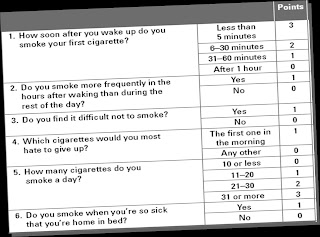Imagine if you have the freedom to wake up to a completely unstructured day, free from all constraints of time. To do whatever you want whenever you want all day long. This may sound like a dream; but try it for a few days and you will soon feel listless, dissatisfied and directionless. The feeling that life is passing you by and you have no control over it will overwhelm you, and you will long for the comfort of routine.
Such is the power of routine and structure in our lives! It anchors us to our lives, gives it meaning and purpose. It is, undeniably, one of the most important aspects of our physical and mental well-being. As exciting as an unplanned day may appear, it can be very harmful for mental health and can exacerbate feelings of anxiety and distress.
Our lives involve constant interactions with our social and physical environment – at home, at work, in the neighbourhood and in the wider world around us. We have little or no control over most of these aspects of our lives and we know not when the unexpected may happen; therefore, it gives us a great sense of stability to have some things under our control.
In a changing world, it is reassuring to realise that some things will be constant - the alarm that wakes us at a particular time, the morning cup of coffee, our daily walk, meals at particular times, getting dressed and reporting for work. This morning routine calms and prepares us for the day ahead and helps us cope during a crisis.
The sense of normalcy that routine brings reduces stress and anxiety, which benefits us both physically and mentally, regulates the biological clock and enables better sleep; setting in a cycle of wellness and regularity.
Without structure, there is little motivation. Having a definite structure to the day also improves productivity and our sense of self-efficacy. By completing the routine tasks and chores which must be done, we get a sense of achievement, free ourselves of the nagging worry that incomplete tasks and procrastination inevitably bring and lets us focus on the more challenging tasks of the day.
How to start a routine
- Keep it simple.
- Start with a sleep schedule. Go to bed and get up at the same time every day. The very act of getting up and changing into fresh clothes can set us to feel refreshed and motivated.
- Build in the essentials – the things that must be done. This includes daily activities – such as meals, exercise, bath; and weekly chores such as buying groceries, laundry, house cleaning etc.
- Do daily activities at the same time every day. Choose a time that works for you. If you are rushed in the mornings, schedule your exercise and bath for the evening.
- Always include some activities you enjoy – gardening, reading before bedtime, talking to friends or watching your favourite serial.
- Remember not to keep your schedule too rigid. Allow for flexibility when the situation demands.
- Don’t be disheartened if you falter. According to one study, it took a minimum of 66 days to form a single new habit!
- Reward yourself when you stick to a schedule.
- https://adhdwellnesscenter.com/the-importance-of-structure-and-routine-for-your-mental-health/
- The Importance of Keeping a Routine During Stressful Times (verywellmind.com)

